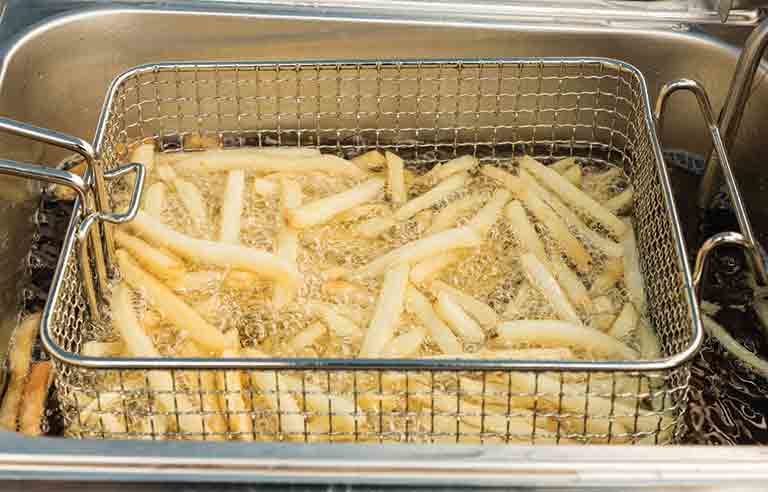OSHA issues hazard bulletin on grease traps

Washington — In an effort to prevent injuries related to commercial grease traps, OSHA has issued a hazard bulletin.
Also known as grease interceptors, grease traps are used by restaurants, food processing facilities, hotels, grocery stores, bakeries and other businesses to capture and separate fats, oils and greases before they drain into the local wastewater system. Workers can be injured if they trip or fall into a grease trap that is not properly covered. In some cases, grease traps may be considered permit-required confined spaces.
OSHA stresses that grease trap covers designed for residential use should not be used in commercial settings.
Late last year, Sen. Chuck Schumer (D-NY) called on OSHA to issue a safety standard after a 3-year-old boy fell into an unsecured grease trap and drowned in Rochester, NY.
“Grease traps, containing horribly dangerous materials, toxins and chemicals, are woefully under-regulated,” Schumer said in an Oct. 21 press release. “Unsecured grease trap covers are both a recipe for disaster and way more common than they should be, and we must close these gaps in safety requirements before any more lives are lost to preventable accidents.”
Schumer called for regulations that require grease traps to have:
- Covers that lock and are made of childproof, heavy-duty materials such as cast iron.
- Backup protection mechanisms that help keep unsuspecting workers, passersby or children from falling in.
OSHA notes in the bulletin that several of its standards apply to grease trap hazard prevention, including the Walking-Working Surfaces Standard (1910.22), which includes a provision that requires walking-working surfaces – including covers – to be “inspected, regularly and as necessary, and maintained in a safe condition.”
The bulletin also details four provisions of the standard that cover fall protection – 1910.28(b)(3)(i) and 1910.28(b)(3)(iii) – and fall protection systems, 1910.29(e)(1) and 1910.29(e)(2). Confined space hazard prevention (1910.146), control of hazardous energy (lockout/tagout, 1910.147) and appropriate personal protective equipment (1910.132) also apply.
Post a comment to this article
Safety+Health welcomes comments that promote respectful dialogue. Please stay on topic. Comments that contain personal attacks, profanity or abusive language – or those aggressively promoting products or services – will be removed. We reserve the right to determine which comments violate our comment policy. (Anonymous comments are welcome; merely skip the “name” field in the comment box. An email address is required but will not be included with your comment.)

